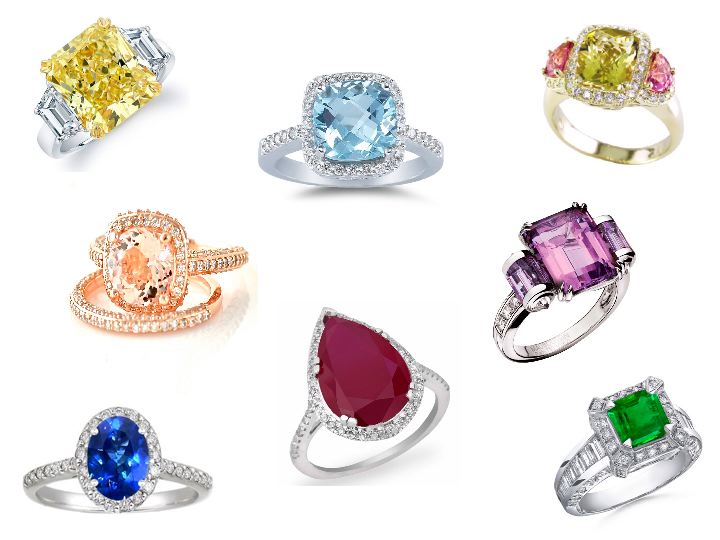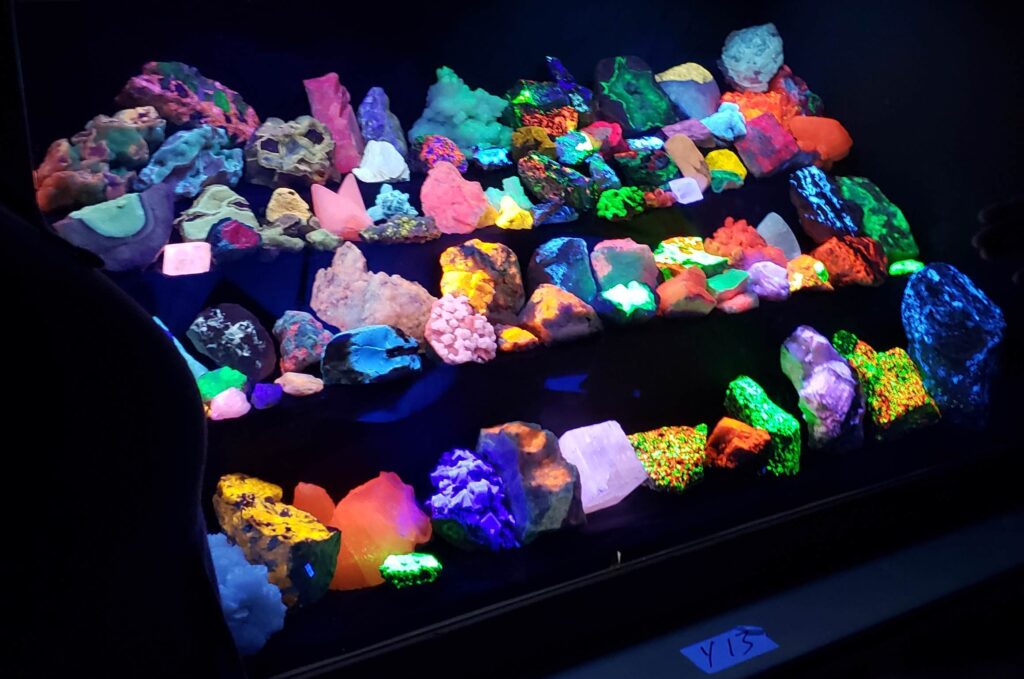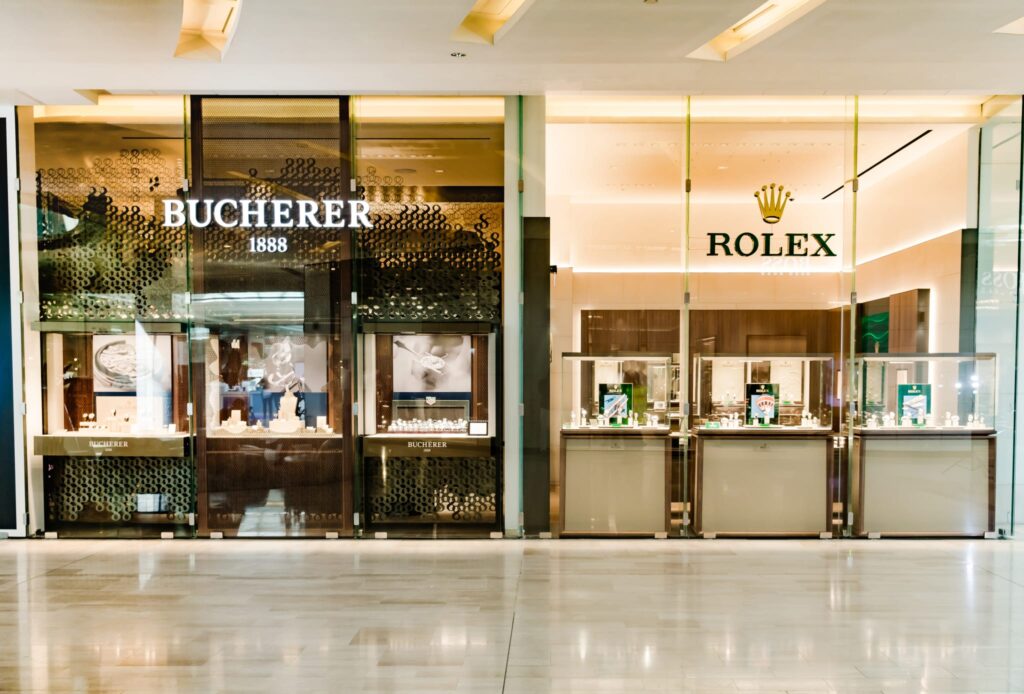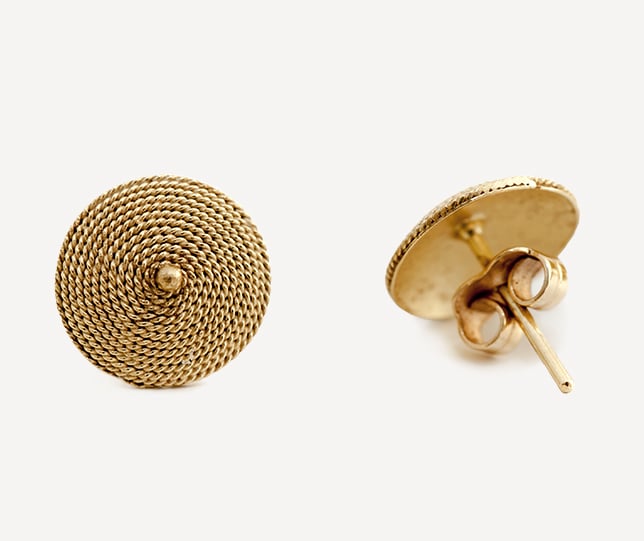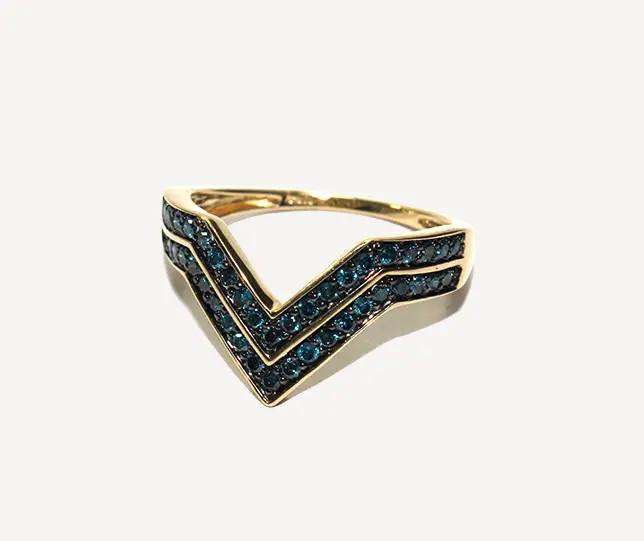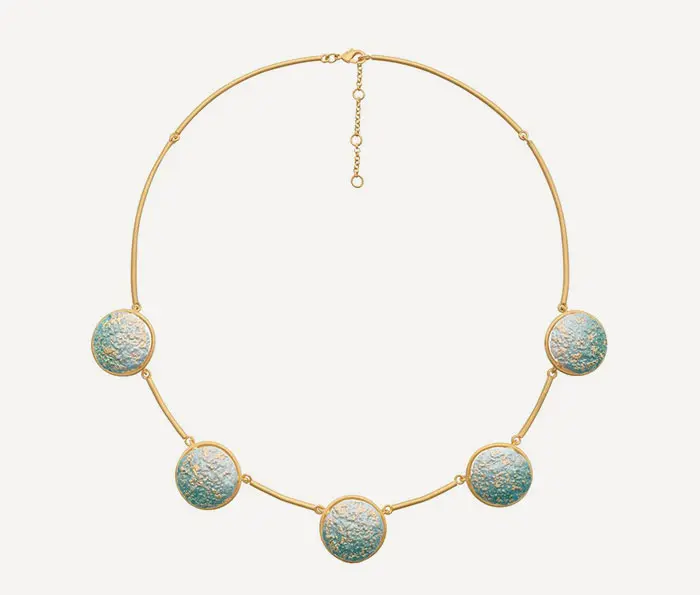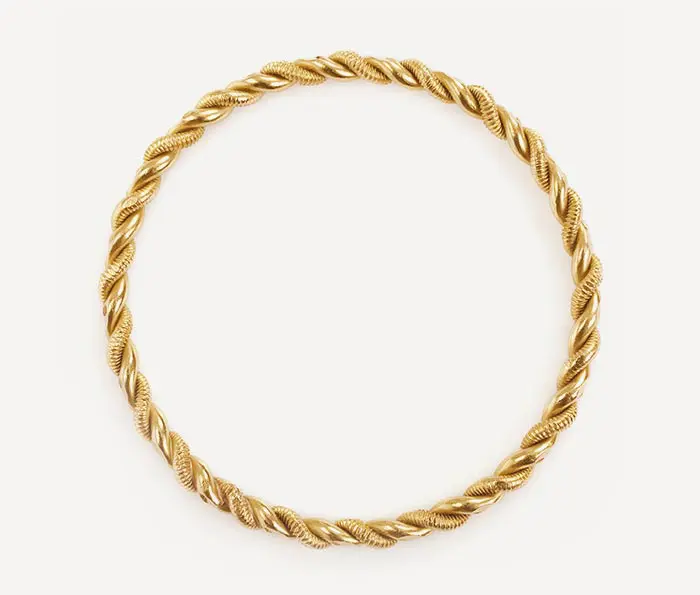What diamond myths should you avoid believing? And when you think about diamonds, what comes to mind? Do you immediately think of engagement rings and tiaras? Do you recall Marilyn Monroe’s mesmerizing performance in Gentlemen Prefer Blondes? Or do you think about diamond mining’s ethics and how it affects both people and the environment?
Even though diamonds have been around for centuries, they have preserved their mystique. Once reserved only for royal family jewelry and ultra-rich trinkets, diamonds are now worn by the public. According to The Atlantic, diamonds are now almost synonymous with love and engagements, thanks to a well-executed marketing effort. And whether you adore or despise diamonds, you can’t deny that they are stunning. Having said that, how much do you know about diamonds?
What’s more, how much of what you believe to be true is a myth? We’ve dug and debunked several diamond myths to offer you the actual scoop on these gleaming gems.
Natural Diamonds Are The Most Perfect
Natural is not always the best option. Thanks to technological advancements, humans have duplicated and improved some of Mother Nature’s most splendid masterpieces, and diamonds are no exception. When lab-grown diamonds were initially made, the stones weren’t particularly spectacular. However, as technology progressed, so did the quality of lab-grown diamonds. Nowadays, lab-grown diamonds are made using a technique known as chemical vapor deposition (CVD). “How diamonds might originate in cosmic gas clouds,” the approach is said to resemble. The most excellent feature of this method of lab-grown diamond creation is that it’s “easier to control imperfections and produce diamonds with extremely high clarity.” The high-temperature
high pressure (HPHT) method, on the other hand, entails exposing carbon to extremely high pressures and temperatures to create a diamond. This is the earliest method of producing diamonds in a lab, and it is reported to be faster than CVD. The HPHT process is said to make it easier to generate cleaner diamonds.
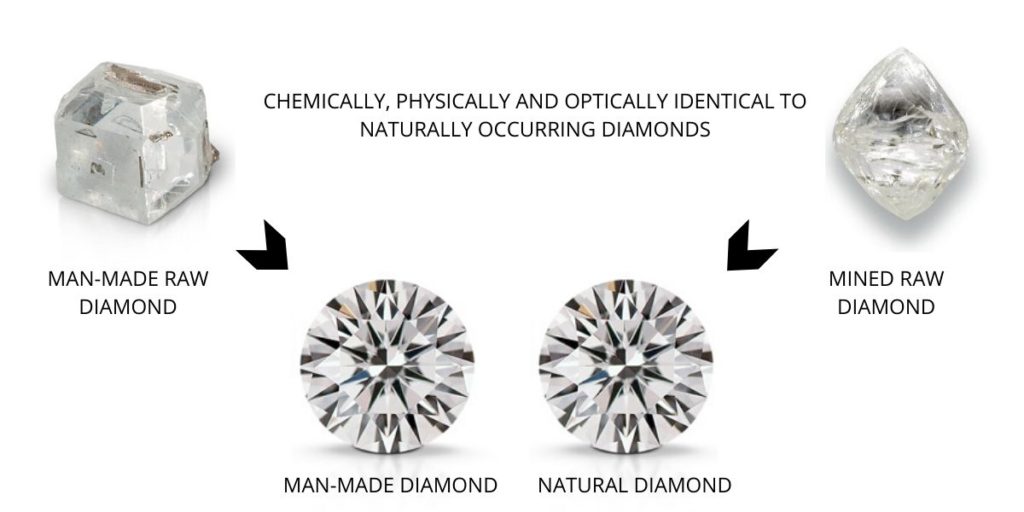
All Diamonds Are White
If you’ve looked at diamond engagement rings, you’re probably aware that colorlessness might be equivalent to value. As a result, it’s natural to assume that all diamonds are white. However, prepare yourselves for some shocking news: this isn’t the case. According to the Gemological Institute of America (GIA), diamonds come in various colors. These diamonds are known as “fancy color diamonds,” they appear to be available in nearly every rainbow color. “Small color changes can have a major impact on value,” according to GIA. Some colored diamonds, such as yellow diamonds, appear accessible in “a wide variety of saturation,” while others, such as blue diamonds, do not. Diamonds with blue or red tints are scarce. The world’s most valuable diamond is a “blue moon” diamond. Fancy green diamonds are also rare, pale in hue, and occasionally have a touch of gray or brown.
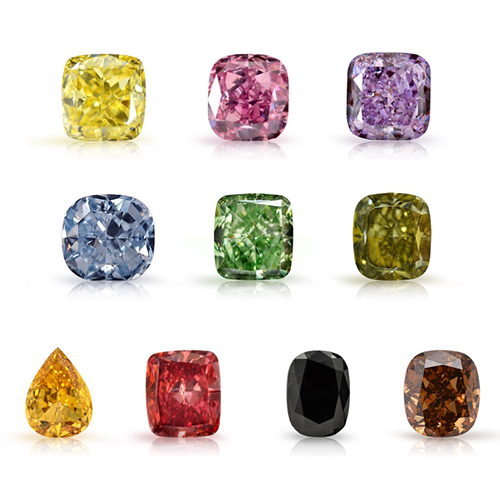
Diamonds are Extremely Uncommon
Diamonds aren’t as scarce as they’re made out to be. They could have been a few centuries ago, but around 1870, vast diamond mines in South Africa were discovered. Big names in the mining business were concerned that the once-rare diamond would be reduced to a semi-precious stone.
Hence, they banded together to form De Beers Consolidated Mines, Ltd, to affect the perception of diamond worth. And how did they achieve it, you might wonder? They used savvy marketing to promote demand for diamonds while also controlling supply. Since then, several diamond mines have been discovered, particularly in Australia, making diamonds even less uncommon than they were back then.
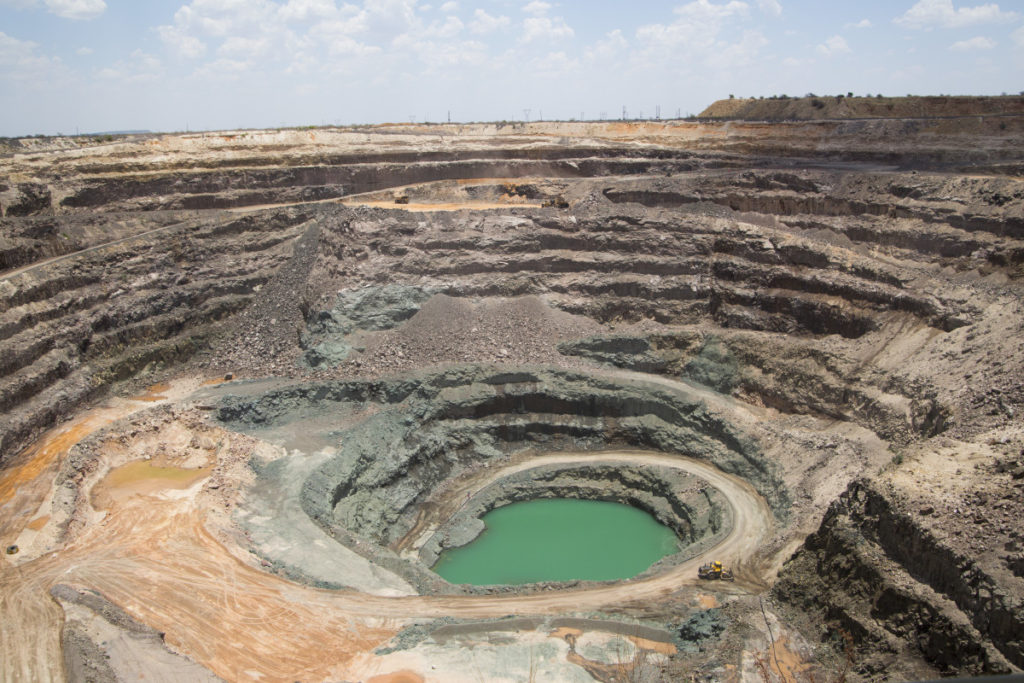
Any Worthy Engagement Ring Must Include a Diamond.
Did you know that diamonds were rarely used in engagement rings in the 1930s? Though many people believe diamonds have always been associated with engagements and love, this is a myth, albeit well-crafted. Colored stone collectors (and those on a tighter budget) will be overjoyed to hear this news. Diamonds are not required for engagement rings; if you prefer a different stone or don’t want your significant other to spend a small fortune on a diamond the next time they visit Middle East Jewelry, you have alternative options!
